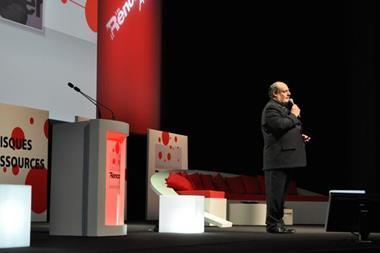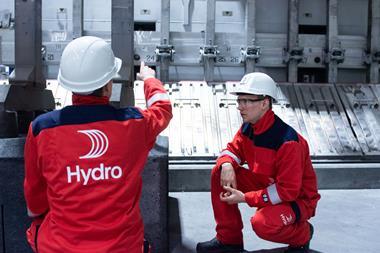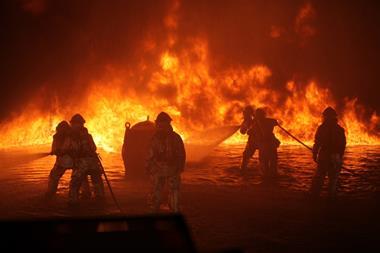Mal Bozic, assistant director of risks at Aegis Advisory says there are big questions around rising dissent and troubling economic signs in the Far East
China’s “economic miracle” and more importantly the sustainability of it is raising some serious concerns. It is estimated that China needs to sustain economic growth above 8% a year merely to avoid a breakout of widespread civil unrest. There are doubts over its ability to do this in the current climate.
“China is not as safe as it was perceived to be a year ago,” says Mal Bozic, assistant director of risks at Aegis Advisory. “There are big questions around dissent and economic sustainability. You always think it had the potential but now we are seeing some symptoms manifest themselves.”
China relies heavily on growth in the developed markets in order to shift the goods that it manufactures, explains Bozic. “It’s all about linkages. China grows because we in Europe and America buy their products. But we have less jobs and less ability to raise debt to buy those products with.”
There are signs that China is stockpiling goods and also selling houses to poor families who can’t afford them—it could be building up to its own subprime crisis. China’s government is even saying that its ability to keep growth high is reaching its limits.
There is a linear relationship between China, Latin America and Africa
And if China’s growth dips it will have catastrophic consequences far and wide. “There is a linear relationship between China, Latin America and Africa,” explains Bozic. “The great strides of progress in these other emerging markets could not necessarily continue on the current trajectory if China’s economy doesn’t continue to grow,” he says. “If Brazilian growth rates drop it could lead to considerable unrest in the favellas.”
Seen in this context it’s easy to see how China lending money to help Europe’s ailing economies—as has been mooted recently—is in its interest, because it gives China the option to grow out of its problems.
If the rebalancing is successful we could see a new European renaissance
The risk is not knowing how the economic situation will play out, warns Bozic. So seeking out a better understanding of the issues could help risk managers prepare for the worst. “Mitigating risk through knowledge can help an entity take the risk it wants to take and transfer the ones that it doesn’t,” he says.
Overall Bozic is quietly confident about the risk outlook. “I’m optimistic about the future,” says Bozic. “I think we will see similar rates of growth in the future to those of the recent past but in a rebalanced economy in the North Atlantic [Europe, North America]. If the rebalancing [meaning lower wages, which would tend to attract more manufacturing] is successful we could see a new European renaissance.”




















No comments yet